As someone who believes in being prepared for anything, I’ve always found it fascinating to study the evolution of firearms. Not only do they serve as tools of survival, but they also represent milestones in human ingenuity. The firearms we rely on today weren’t built overnight. They’re the result of centuries of design innovation, trial and error, and the gradual improvement of technology. Understanding the origins of these weapons can give us a greater appreciation for the tools we rely on, as well as insight into how we got here. So, here are 10 historic firearms that had a major hand in shaping modern gun design.
The Matchlock Arquebus
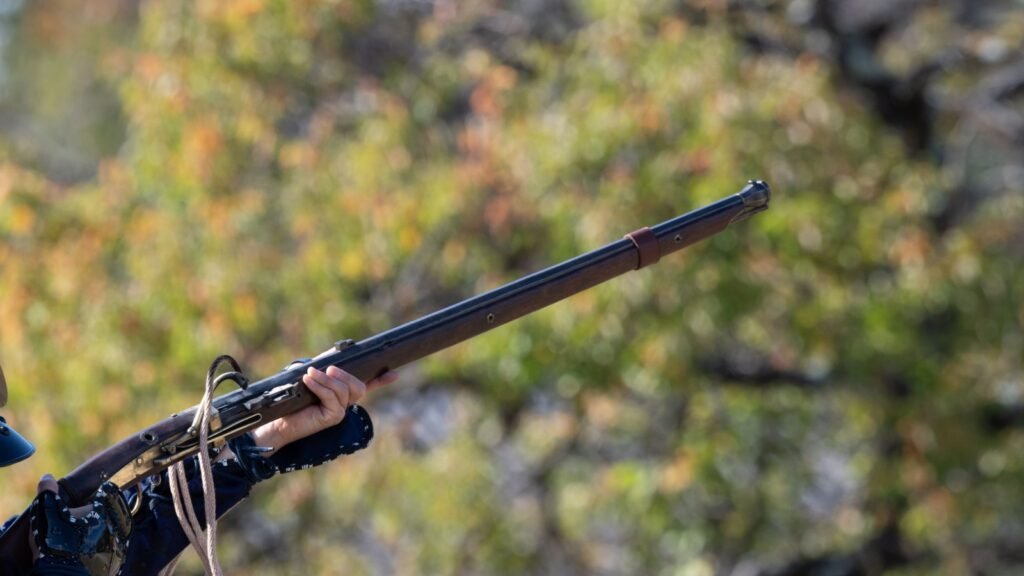
The matchlock arquebus was the first firearm that allowed soldiers to fire without manually lighting a fuse each time. Invented in the 15th century, this weapon featured a slow-burning match cord that, when pulled, would ignite the gunpowder. It introduced the first rudimentary trigger mechanism, a feature we now take for granted. Its design paved the way for modern firearms by setting the stage for more sophisticated firing mechanisms.
The Colt 1851 Navy Revolver
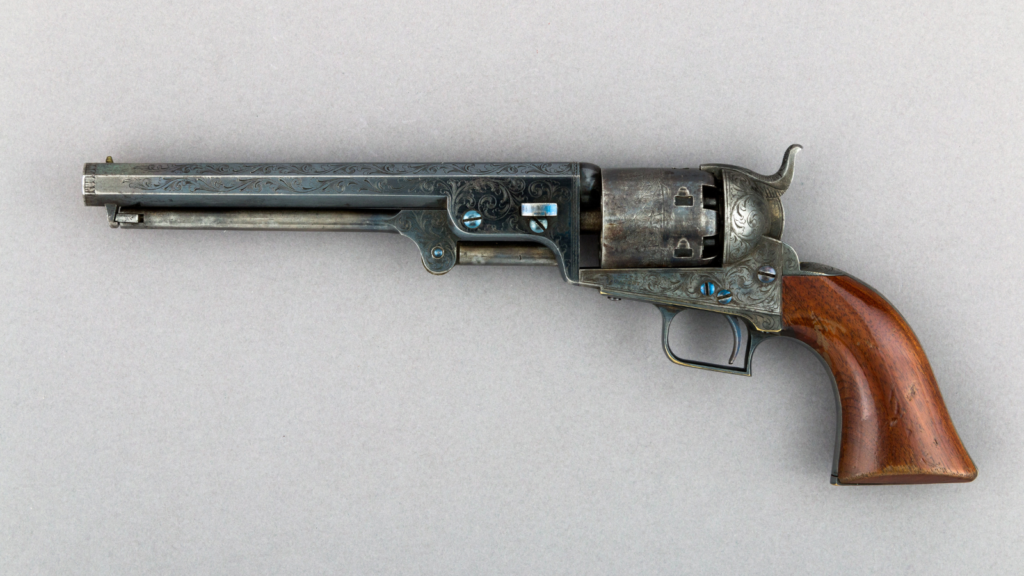
Samuel Colt’s 1851 Navy Revolver revolutionized handheld firearms with its six-shot, single-action design. It became an icon of the American Civil War and the Wild West, known for its reliability and ease of use. The revolver’s cylinder-based firing system set the foundation for modern revolvers and semi-automatic pistols. Its user-friendly nature also helped firearms become more accessible to the average person, changing personal defense forever.
The Winchester Model 1873
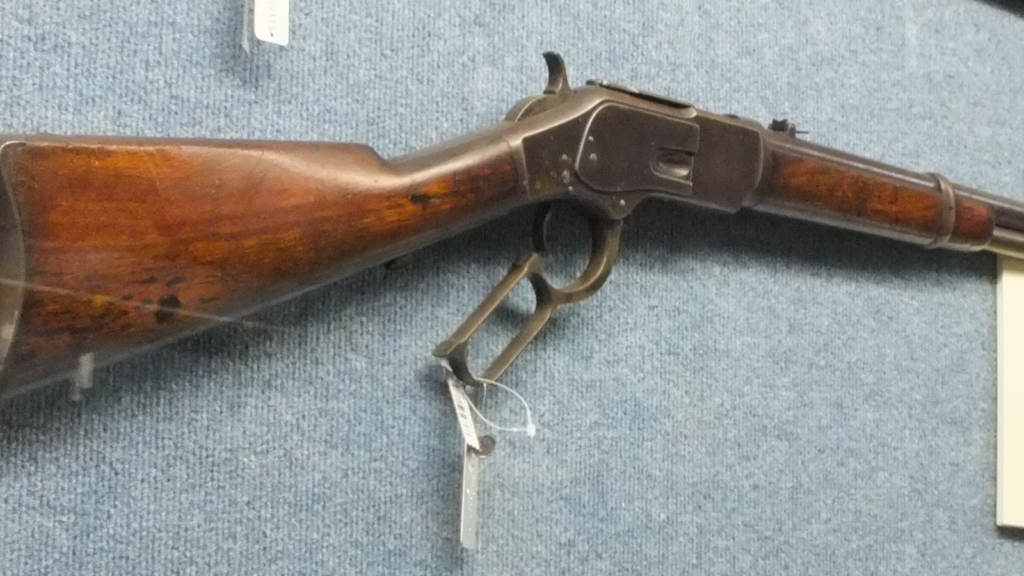
Dubbed “The Gun that Won the West,” the Winchester Model 1873 introduced lever-action to the masses. Its ability to rapidly fire multiple shots made it a favorite among cowboys, lawmen, and outlaws alike. The lever-action mechanism inspired modern rifle design, especially for hunting and tactical weapons. Winchester’s design gave shooters speed and accuracy, shaping how rifles are used today.
The Maxim Gun
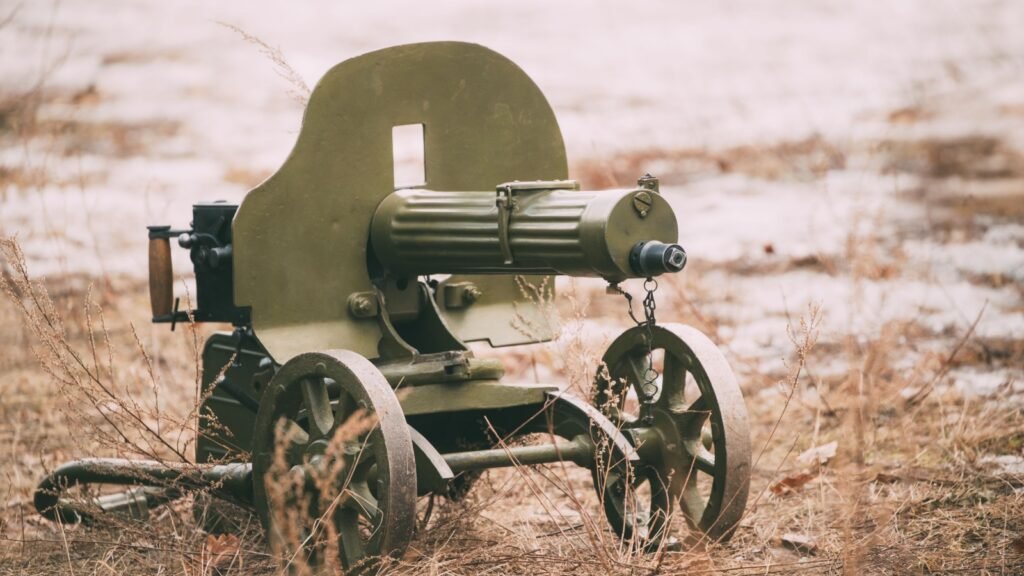
The Maxim Gun, invented by Hiram Maxim in 1884, was the first fully automatic machine gun. Its recoil-operated firing system could unleash continuous fire with a single trigger pull, changing the face of warfare. The gun’s groundbreaking mechanism laid the foundation for all future automatic firearms, making it one of the most influential weapons in military history.
The Mauser Model 1898
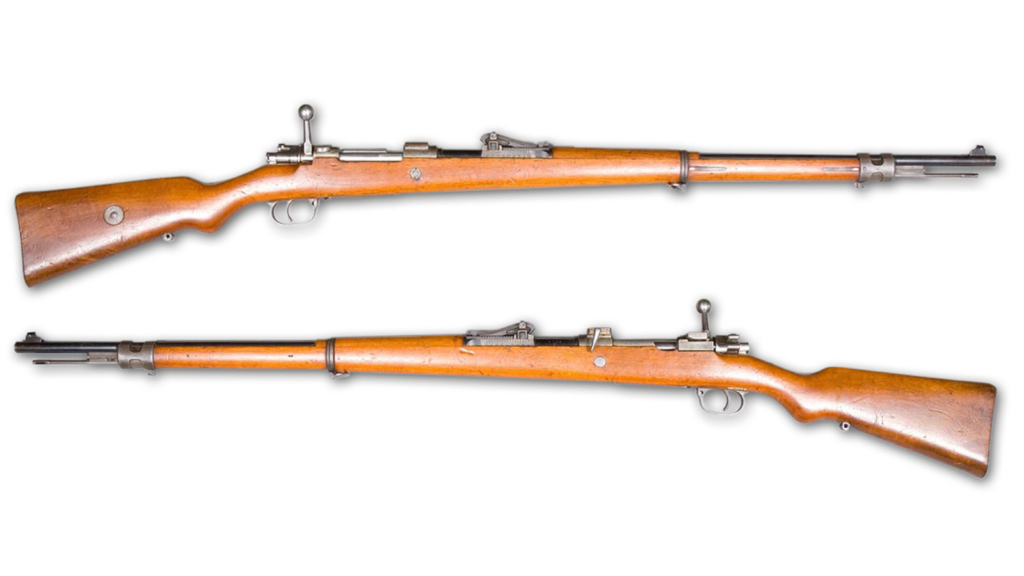
The Mauser 98 is widely regarded as one of the finest bolt-action rifles ever made. Introduced in 1898, its strong, simple, and reliable design has been copied by numerous rifles over the last century. The Mauser’s bolt-action system influenced modern hunting and sniper rifles, and its safety features became standard in firearm design. Its impact on rifle technology cannot be overstated.
The Colt M1911
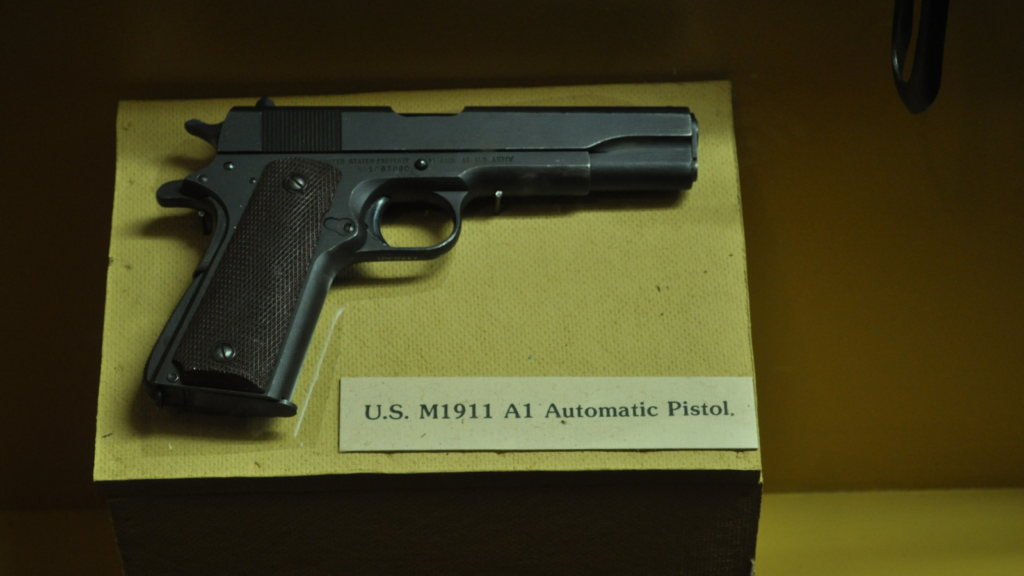
The Colt M1911, designed by John Browning and adopted by the U.S. military in 1911, is one of the most successful and enduring semi-automatic pistols ever. Its recoil-operated system allowed for rapid fire and reloading, making it a favorite for military and civilian use alike. The M1911’s design continues to influence modern handguns, and many of its features, like its safety mechanism and magazine, are still used in pistols today.
The Thompson Submachine Gun
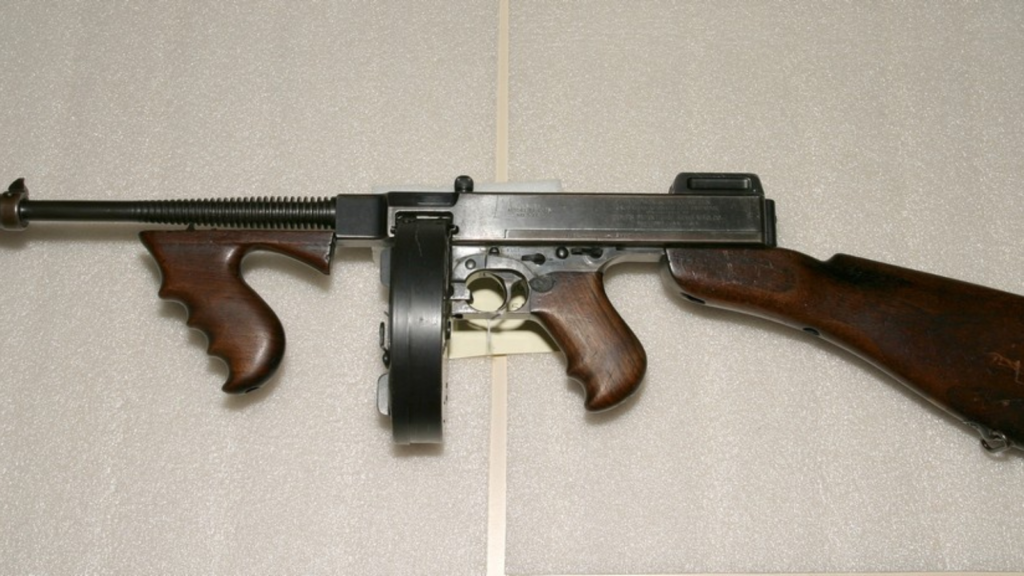
The Thompson Submachine Gun, also known as the “Tommy Gun,” became iconic during Prohibition and World War II. Its fast-firing, drum magazine-fed design made it popular with both gangsters and soldiers. The Thompson’s use of compact firepower set the stage for modern submachine guns and compact automatic weapons used in close-quarters combat today.
The AK-47

Designed by Mikhail Kalashnikov in 1947, the AK-47 is one of the most recognizable and widely used firearms in the world. Known for its durability, simplicity, and reliability in harsh conditions, the AK-47’s gas-operated, rotating bolt system changed the face of infantry combat. Its design principles have influenced countless modern assault rifles, making it a significant milestone in firearm history.
The M16 Rifle
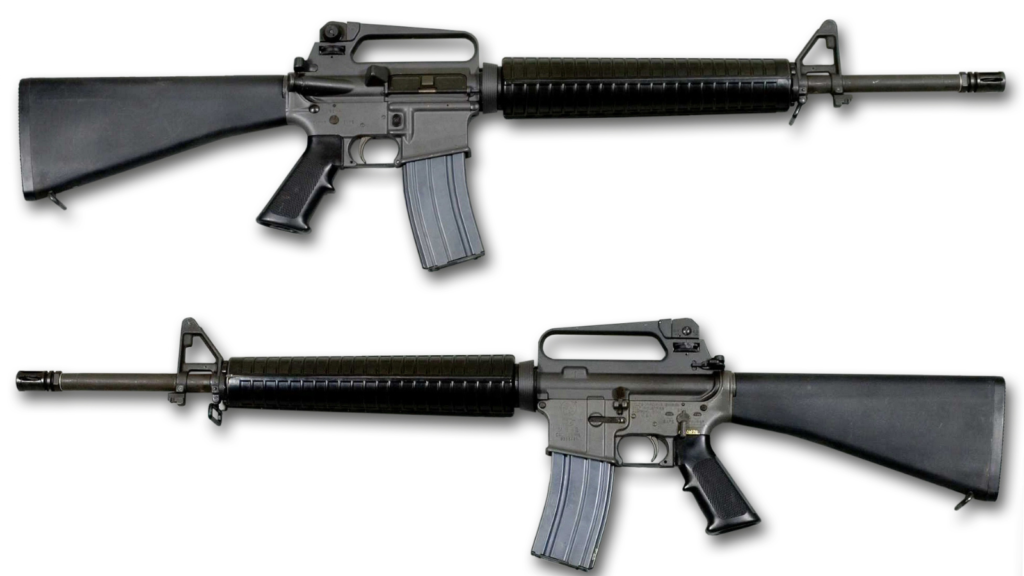
The M16, introduced by the U.S. military in the 1960s, became a staple of modern warfare thanks to its lightweight design and high-velocity rounds. Its selective fire capabilities (semi-automatic and fully automatic) made it highly versatile. The M16’s gas-operated firing mechanism and use of lightweight materials influenced countless modern rifles, including the AR-15, which remains popular for civilian and military use.
The Glock 17
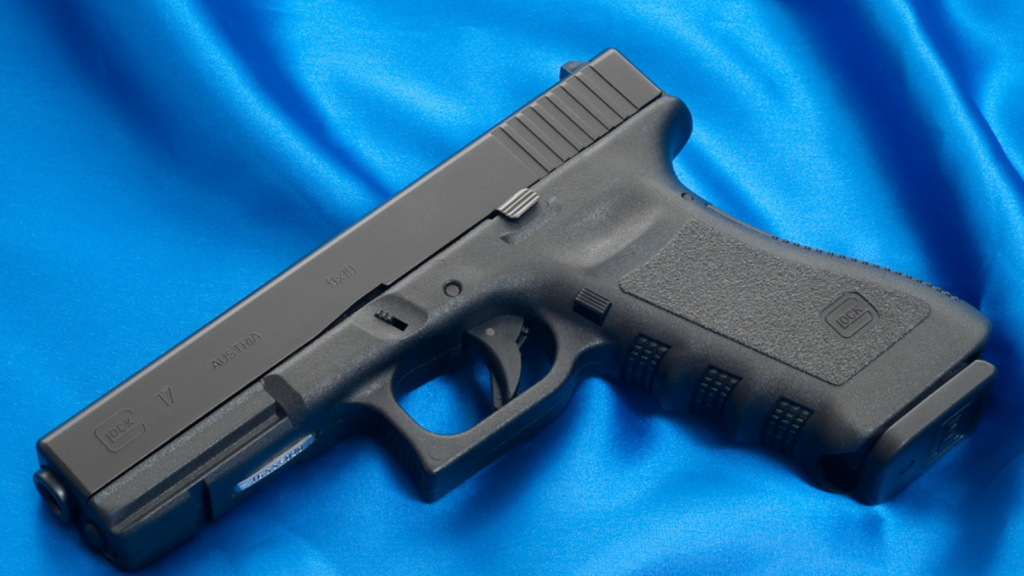
The Glock 17, introduced in 1982, was a game-changer in modern handgun design. Its polymer frame made it lightweight yet durable, and its striker-fired mechanism ensured reliable firing without the need for an external hammer. The Glock’s simplicity, reliability, and ease of use have made it a favorite among law enforcement and civilians alike. Many of today’s modern pistols owe their design principles to this innovative firearm.

